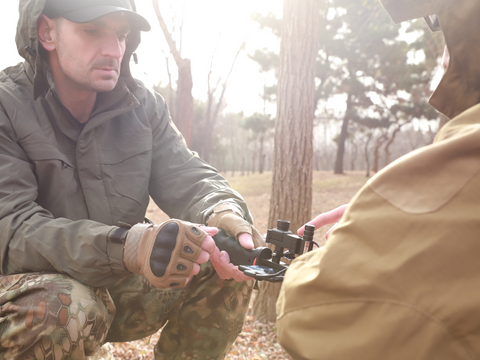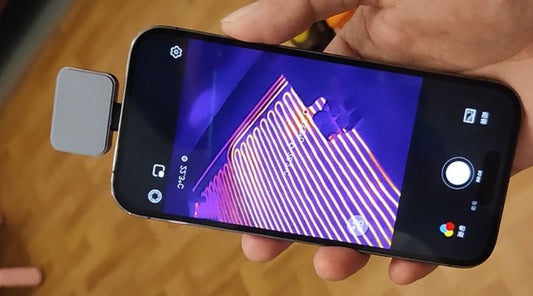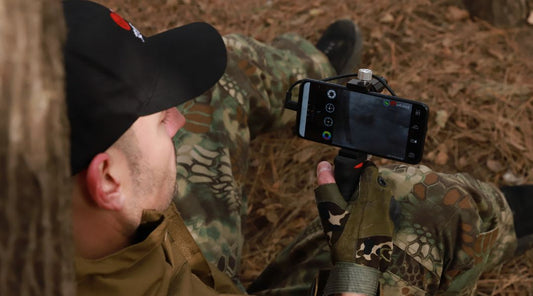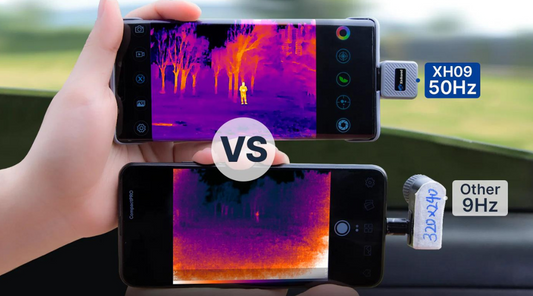How Durable is a Thermal Monocular?
Thermal monoculars are an essential piece of equipment for hunters, wildlife enthusiasts, and law enforcement officers who need to operate in low light or dark conditions. These devices use infrared technology to detect heat signatures, making them useful in identifying wildlife, locating objects in the dark, and conducting surveillance operations. However, one of the significant concerns when purchasing a thermal monocular is its durability. This article will explore how durable a thermal monocular is and what factors can affect its longevity.

Durability is a crucial factor when selecting any piece of equipment, and thermal monoculars are no exception. The durability of a thermal monocular is determined by several factors, such as the build quality, the materials used in construction, and the conditions in which it is used. Most high-quality thermal monoculars are designed to be rugged and withstand harsh weather conditions and rough handling.
Build Quality
The build quality of a thermal monocular plays a crucial role in determining its durability. A high-quality thermal monocular should be made of durable materials that can withstand extreme temperatures, moisture, and impact. Some of the commonly used materials in thermal monoculars include aluminum, magnesium, and polymers. Aluminum and magnesium are strong, lightweight, and corrosion-resistant, making them ideal for outdoor use. Polymers, on the other hand, are lightweight and durable and can absorb shock.
Materials
Another factor that affects the durability of a thermal monocular is the materials used in its construction. The lens and housing of the thermal monocular should be made of high-quality materials that can withstand wear and tear. Most high-quality thermal monoculars use Germanium or ZnSe lenses, which are durable and can withstand high temperatures and moisture.

Environmental Conditions
The conditions in which a thermal monocular is used also affect its durability. If a thermal monocular is exposed to extreme temperatures or moisture, it can damage the lens or housing, reducing its lifespan. Similarly, if a thermal monocular is dropped or hit, it can damage the internal components, affecting its performance. It is essential to protect the thermal monocular from extreme conditions and handle it with care to extend its lifespan.
Maintenance
Regular maintenance is essential for the longevity of any equipment, including thermal monoculars. Proper maintenance can help prevent damage caused by wear and tear and prolong the lifespan of the device. Regular maintenance of a thermal monocular includes cleaning the lens, housing, and internal components and checking for any signs of damage.

In conclusion, the durability of a thermal monocular is determined by several factors, such as the build quality, materials used in construction, environmental conditions, and maintenance. High-quality thermal monoculars are designed to be rugged and withstand harsh weather conditions and rough handling. It is essential to protect the thermal monocular from extreme conditions, handle it with care, and perform regular maintenance to prolong its lifespan.




